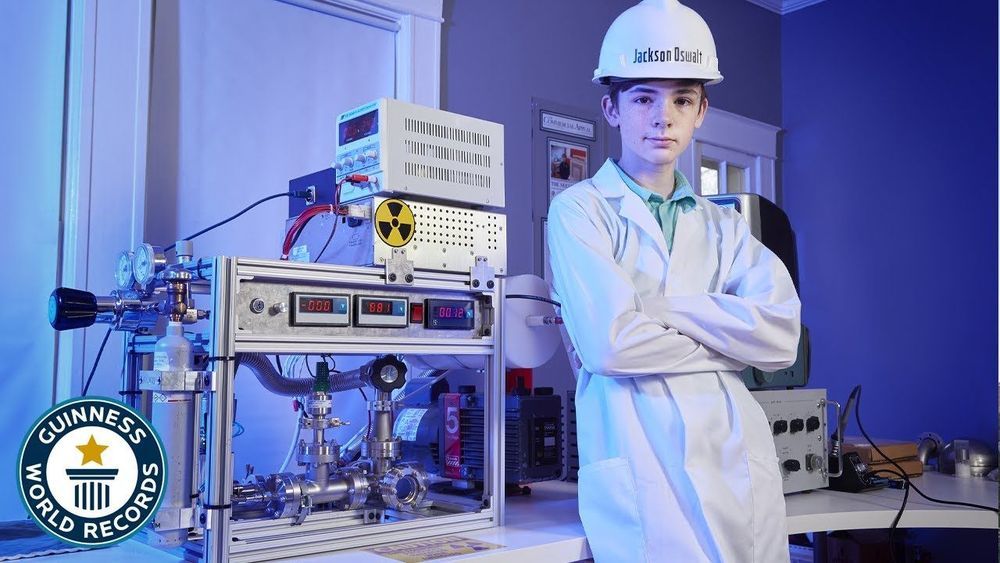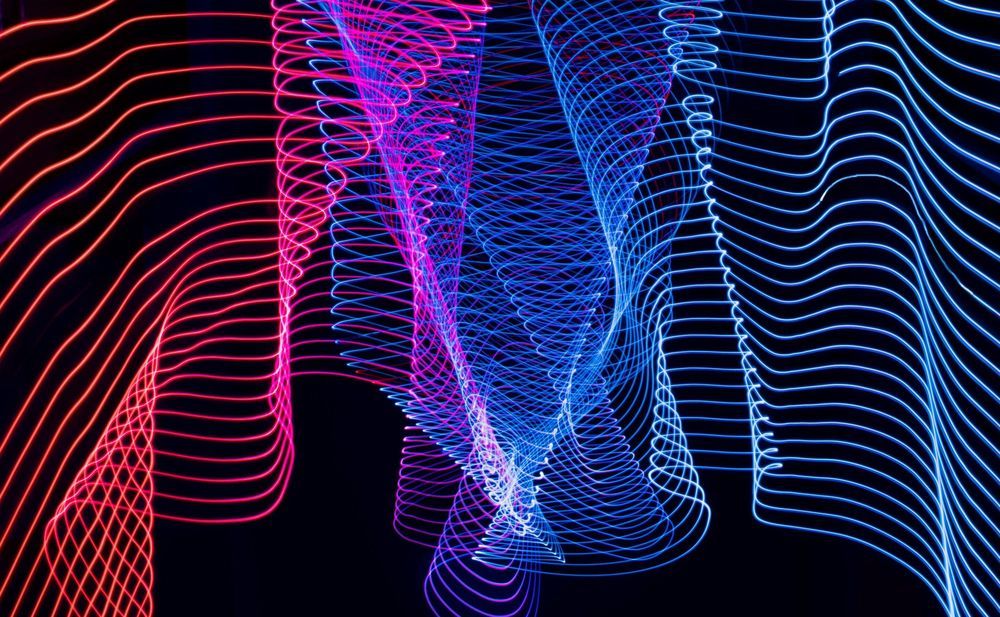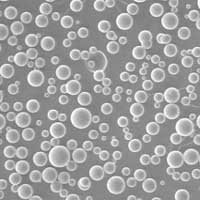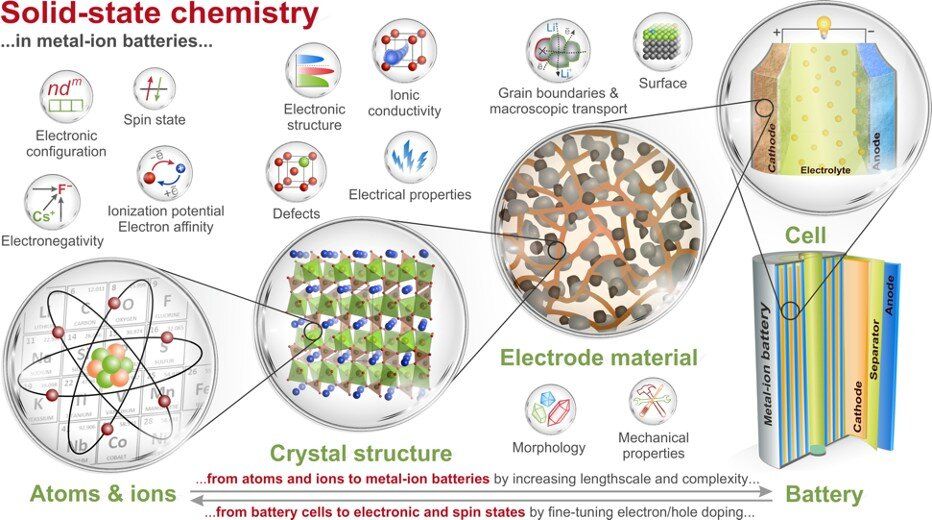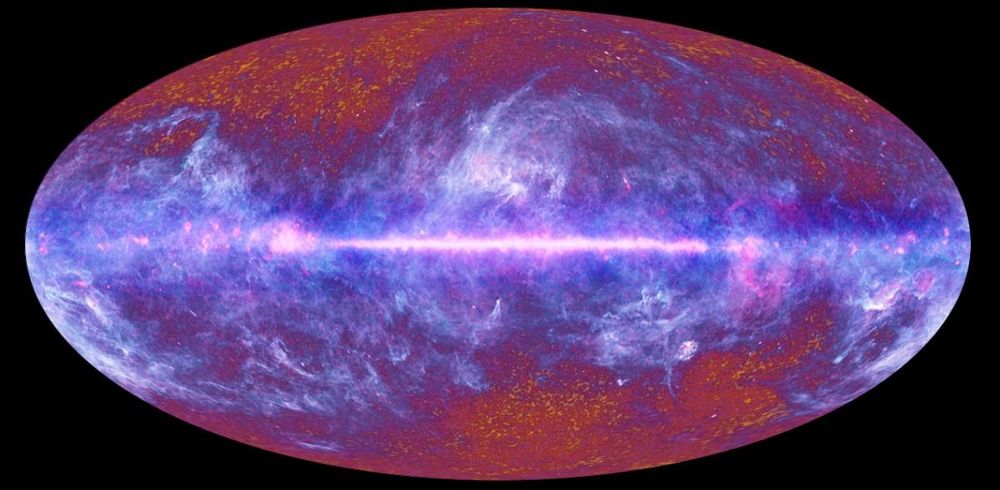
CERN’s Timepix particle detectors, developed by the Medipix2 Collaboration, help unravel the secret of a long-lost painting by the great Renaissance master, Raphael. 500 years ago, the Italian painter Raphael passed away, leaving behind him many works of art, paintings, frescoes, and engravings.
CERNs Timepix particle detectors, developed by the Medipix2 Collaboration, help unravel the secret of a long-lost painting by the great Renaissance master, Raphael.
500 years ago, the Italian painter Raphael passed away, leaving behind him many works of art, paintings, frescoes, and engravings. Like his contemporaries Michelangelo and Leonardo da Vinci, Raphael’s work made the joy of imitators and the greed of counterfeiters, who bequeathed us many copies, pastiches, and forgeries of the great master of the Renaissance.
Continue reading “CERN Timepix Technology Helps Rediscover Lost Painting by the Great Renaissance Master, Raphael” »
